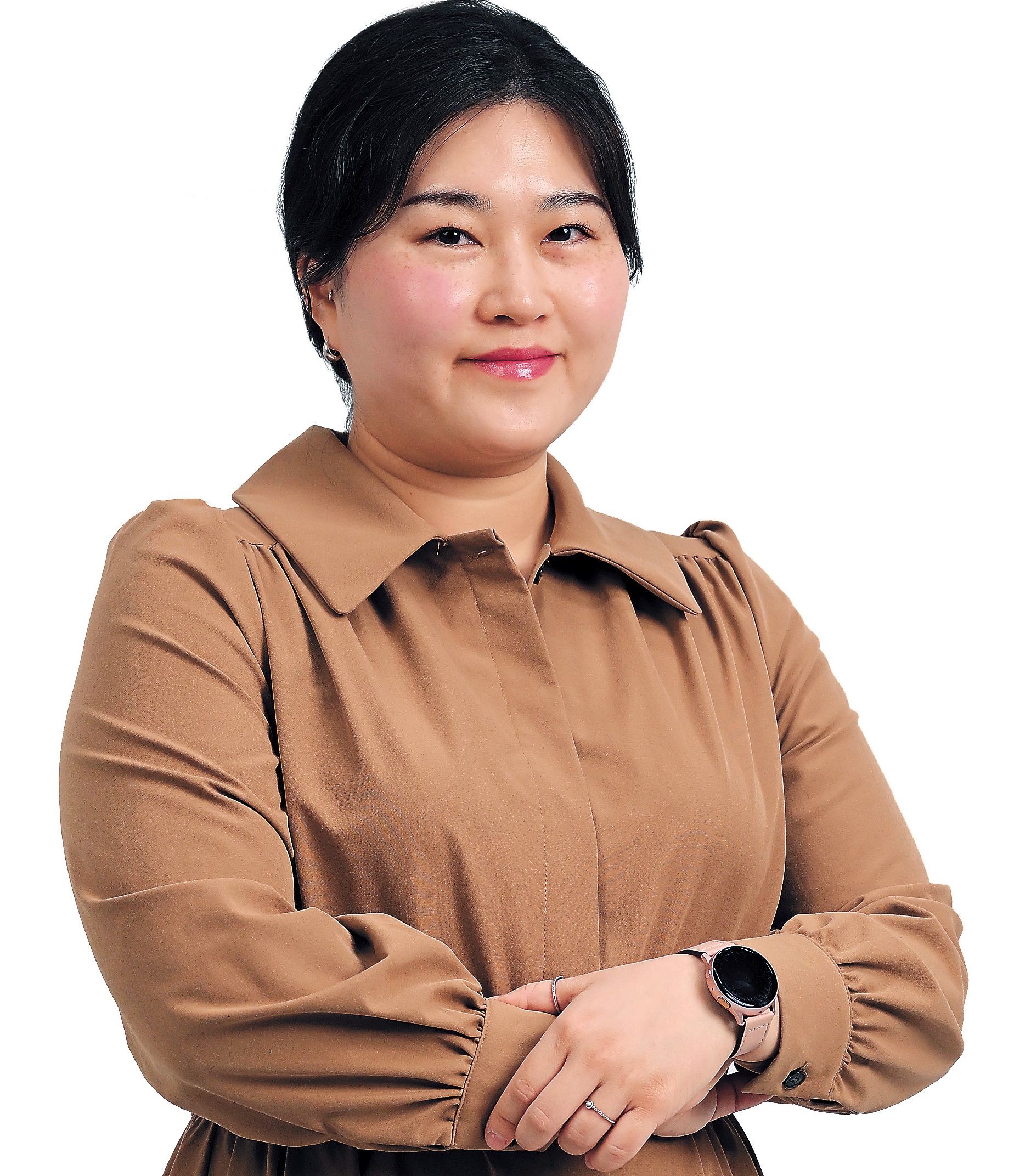A third of Korean households made up of single people
By Lee JaeeunPublished : Sept. 18, 2023 - 14:53

The landscape of Korean families has changed quite significantly over the last 30 years, with one-third of households in the country made up of single people and a fertility rate that has halved in the last two decades, government data showed Monday.
According to the “Social Security in Statistics 2022” report released by the Ministry of Health and Welfare, the number of people living alone has more than doubled in the past 20 years. The number of single-person homes was 2.25 million in 2000, which stood at 5.2 million in 2015 and 7.16 million in 2021, marking 33.4 percent of the total households in 2021, compared to just 15.5 percent in 2000.
By gender, men in their 30s were the largest group, accounting for 21.8 percent of male single-person households. Almost a third, or 27.3 percent, of female single-person households were in their 70s or older.
The Welfare Ministry expects the number to rise to 9.05 million in 2040 and 9.16 million in 2045.
Another key statistic was the total fertility rate of 0.81 in 2021, down more than half over 30 years, from 1.71 in 1991. The total fertility rate refers to the average number of babies that a woman is projected to have during her lifetime. This figure hit yet another record-low of 0.7 in the second quarter of 2023, according to the latest government data.
Since 2013, Korea's rate has been consistently the lowest among the Organization for Economic Cooperation and Development countries. The average for OECD nations was 1.59 as of 2020.
By region, the fertility rate as of 2022 was the highest in Sejong city at 1.28, followed by 1.02 in South Jeolla Province. Meanwhile, Seoul Metropolitan City had the lowest figure of 0.63.
Also, last year's public spending on social programs, known as Public Social Expenditure, or SOCX, amounted to 14.8 percent of the country's gross domestic product.
It has grown from the 10.1 percent in 2017, but still lags behind the average of other OECD countries at 21.1 percent.
Among these expenditures, health care accounts for the most significant portion at 35.3 percent, followed by support for the elderly at 23.4 percent, and family support at 10.7 percent.
The annual ministry report provides essential data about societal changes and covers 14 areas grouped into four categories: family and life stages, work and financial security, life and social services, and social finances. It presents significant social trends and how they have changed over time using 167 key indicators, including child health, youth employment, income support and housing safety.




![[Today’s K-pop] Blackpink’s Jennie, Lisa invited to Coachella as solo acts](http://res.heraldm.com/phpwas/restmb_idxmake.php?idx=644&simg=/content/image/2024/11/21/20241121050099_0.jpg&u=20241121172748)













